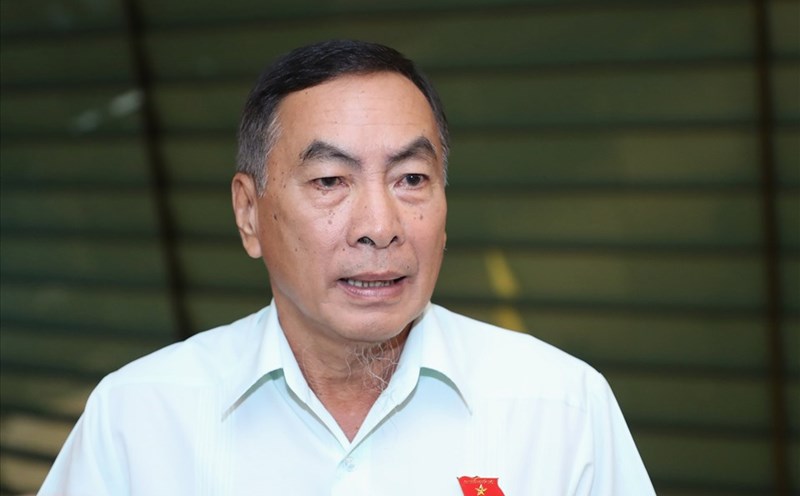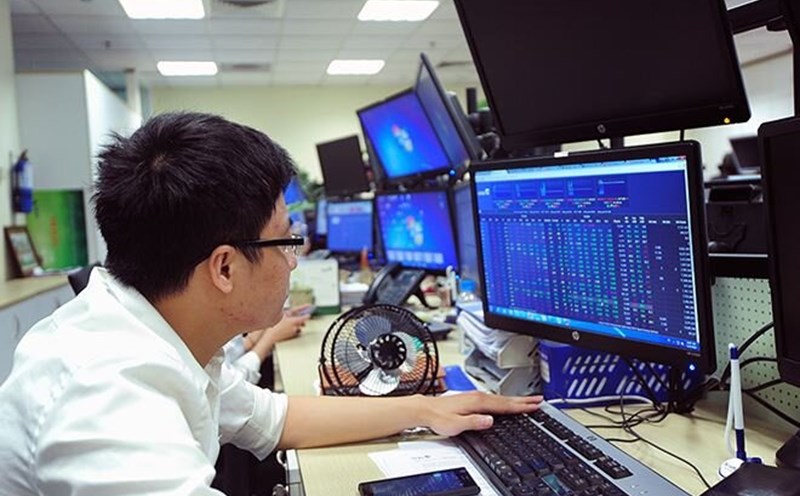However, when the market lacks connectivity, domestic gold prices are often 15 - 20% different from the world, the need for transparency and digital transformation of the market becomes urgent. That is also the reason why the gold exchange pilot is considered an important " institutionalized link" in macroeconomic management, helping to stabilize expectations, narrow price differences and take advantage of people's gold resources for economic development.
floor sets and practical requirements
According to Deputy Governor of the State Bank of Vietnam Pham Tien Dung, the gold exchange is not intended to encourage speculation, but is a more transparent market regulation tool - where all transactions are recorded, monitored, tracked and reported in real time. Data from the exchange will become a "customity indicator" for monetary and foreign exchange policy management, adding a psychological forecasting channel for gold holdings among the people, instead of relying on disjointed statistics as before.
The legal context is also ready. Decree 232/2025/ND-CP amending Decree 24 has eliminated the State monopoly mechanism in the production of gold bars, paving the way for banks and enterprises that meet capital requirements (from VND 1,000 billion for enterprises and VND 50,000 billion for banks) to participate in the market. This is the institutional "opening door" for the formation of a national gold exchange - where the market operates according to the general rules, the State supervises instead of providing.
Three-phase roadmap - cautious but decisive
According to Director of the SBV Foreign Exchange Management Department Dao Xuan Tuan, the SBV plans to divide the pilot into three clear phases. In which, phase 1, only imported raw gold will be traded, applying a 100% deposit and operating domestically. Members include: Agency providing floor services, payment banks and import-licensed enterprises and banks. Phase 2, expand to standard gold bars - an intermediate step to form a national standard reference price, instead of relying only on the quotation of large enterprises. Phase 3, deploy gold account products, gold certificates and derivatives, aiming for international connectivity when monitoring conditions, infrastructure and legality allow.
This model reflects the mindset of "going from physical to account" - learning from the experience of the Shanghai Gold Exchange (SGE): Focus on physical transactions first, gradually standardize inspection, storage, payment before moving towards derivatives. This method helps avoid leverage risks, control speculation and ensure the safety of the financial system.
Goals and principles of operation
The short-term goal of the exchange is to be a transparent source of raw gold distribution channel for licensed enterprises; in the medium term, it is to develop account and derivatives gold trading products; in the long term, it is to convert physical gold in the people into capital for production - business, reduce the psychology of holding physical gold
The core principle is "ustate supervision - operating enterprises - controlled competition". The State does not directly trade gold, but sets data standards, safety standards, monitoring mechanisms andcircuit breaker tools. Operating enterprises must meet the requirements of minimum capital, technical infrastructure, information security, storage, and separation of customer accounts. All transaction orders, volumes, and inventories must be recorded and reported online to the SBV.











